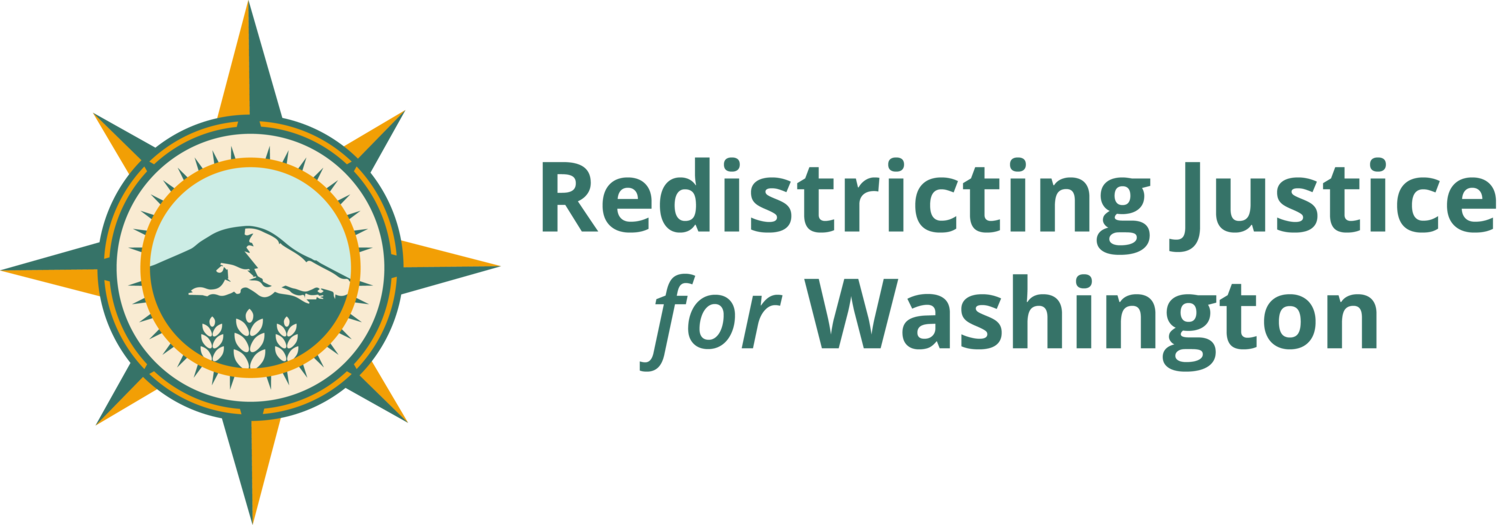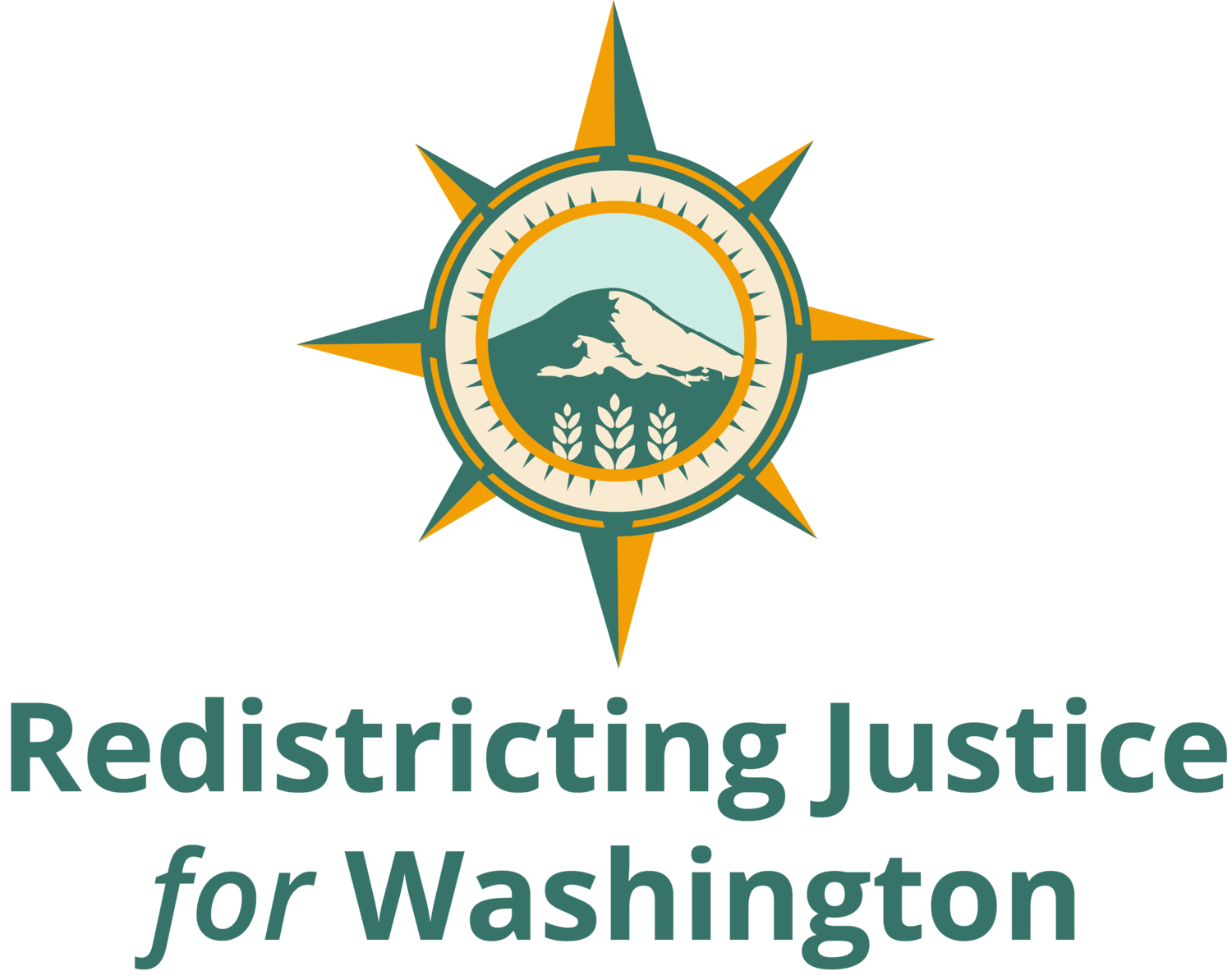Seattle Redistricting Commission Finalizes First-Ever Redistricting Map, A Win for Renters and BIPOC Communities
SEATTLE— On Tuesday, November 8, 2022 the five-member nonpartisan Seattle Redistricting Commission voted to finalize Seattle’s first-ever redistricting map plan.
The Commission voted 4-1 on the plan, with former Seattle mayor and Commissioner Gregory Nickels dissenting because Magnolia was split between Districts 6 and 7, a major point of contention in the waning days of the process.
The final map does not make major changes to the districts, with the exception of Districts 6 and 7. District 6 now includes most of Magnolia west of 28th Ave W. This is because District 7 grew exponentially faster since the last US Census relative to the other six districts. The Commission was tasked to shrink District 7—which used to include Magnolia—in order to keep every district within 1% population deviance from each other, as outlined in the Seattle City Charter.
The map plan accomplishes many of the goals of the Redistricting Justice for Seattle Coalition’s—a coalition of organizations who advocate for fair redistricting lines for people of color, renters, and low-income people in redistricting. Some of those feats include undoing the division of Yesler Terrace and Chinatown-International District between two districts, keeping South Seattle whole within one district, and protecting renters and students in the University District. In fact, 93% of the Commission’s final approved map mirrors the Coalition’s submitted map proposal.
The plan will be sent to King County and the Secretary of State within the week, and will be used in Seattle city council elections starting in 2023 through 2032.
Below are comments from nonprofit and community leaders on the final redistricting map:
“The fact that 93% of the Commission’s map is the same as our map shows that when we organize, and when we have a transparent and nonpartisan Commission process, we can win equitable maps and representation. This is a win for Seattleites and it belongs to every person that signed a petition, submitted a written comment, and testified at a hearing.”
“Black and Brown communities in Seattle have systematically been excluded from our democracy by using processes, such as redistricting, to enforce segregation and appease those who benefit from white supremacy and capitalism. While our system is still flawed, this redistricting map is a good step forward for fair representation for BIPOC communities in the South End and Central District.”
“The Redistricting Justice for Seattle Coalition organized hundreds of Seattleites to participate in this historic redistricting process, and the Commission thoughtfully listened and responded to community input in an equitable way. This process was a win for transparency and community engagement.”
“This Seattle redistricting process showed how community-led and nonpartisan independent redistricting commissions create better, transparent, legal maps. The state should adopt a similar structure, especially following last year’s disastrous state redistricting commission that left Latino communities in Yakima gerrymandered.”
“The Commission was under pressure to divide Asian American communities in the Chinatown-International District and Beacon Hill, but stayed committed to equity for these neighborhoods. We applaud the Commission’s work to keep historically disenfranchised communities of interest together despite pressure.”

